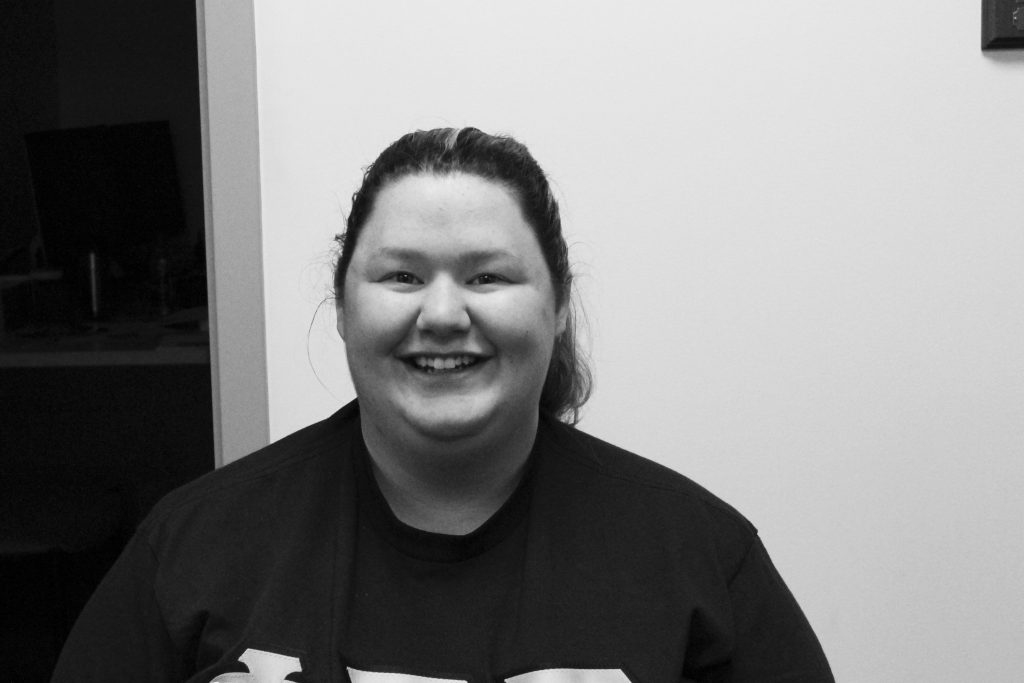
By Dr. Kathy Merlock-Jackson
Love her or hate her, Barbie has been a part of American girlhood since she first appeared in 1959. The first teen doll to be marketed nationally, she became a phenomenon, offering girls assurance that they would one day grow up to be young women. Known in the toy industry as “the Queen,” she has spelled success for Mattel for over five decades through constant reinvention. Now she’s changing again. This month at the annual Toy Fair in New York City, where toy sellers see what’s new and place their orders for the next holiday season, Mattel unveiled its new series of Barbies in seven skin tones, with appropriate hair styles, textures and eye colors, and three body types: curvy, tall, and petite. They are already available online from Mattel.
The new line comes following years of criticism that Barbies of the past lacked diversity: they were overwhelmingly white, blond, long-haired, blue-eyed, large-breasted and slender—very slender. If blown up to human size, Barbie’s measurements would be 38-18-34. Mattel claims Barbie’s large breasts and tiny waist allow her clothes to fit better, but her detractors say that the unrealistic body type contributes to girls’ dissatisfaction with their own bodies and possible eating disorders.
Mattel’s new line of Barbie dolls represents a step in the right direction. Although political cartoonists have had fun with “obese Barbie,” the new dolls are not obese at all, just more realistically proportioned, and pretty cute. The different sizes, though, mean that the dolls’ clothes are not interchangeable. However, this is a small price to pay if the dolls send important messages of diversity and body acceptance to girls as young as three.
Mattel hopes the new Barbies will spike sales, which have been flat since 2012. That means the dolls will have to appeal to adults who buy toys for children, to children themselves or to both. Mattel, the first toy company to market directly to children through the medium of television, understands the nag factor. Parents want happy kids and try to please, even if they don’t want to buy a toy, which may be one reason the average American girl already owns ten Barbies. Now she can add something different to her stash that looks more like her, her older sister, her mom or the woman next door–and create play narratives with a multicultural cast.
The new Barbie line will not replace traditional Barbie, just add to her. Children need alternatives, and a single Barbie body shape and coloring benefit no one. Also, the diverse figures lend themselves to contrasting styles, looks and accessories: high waists, low waists, stripes, floral prints, solids, hats, heels and flats.
As anyone who ever played with Barbie knows, it’s all about the clothes. Barbie dolls give girls images of their future selves and the fun of fashion. Curvy, tall and petite, they’re all right and good.

